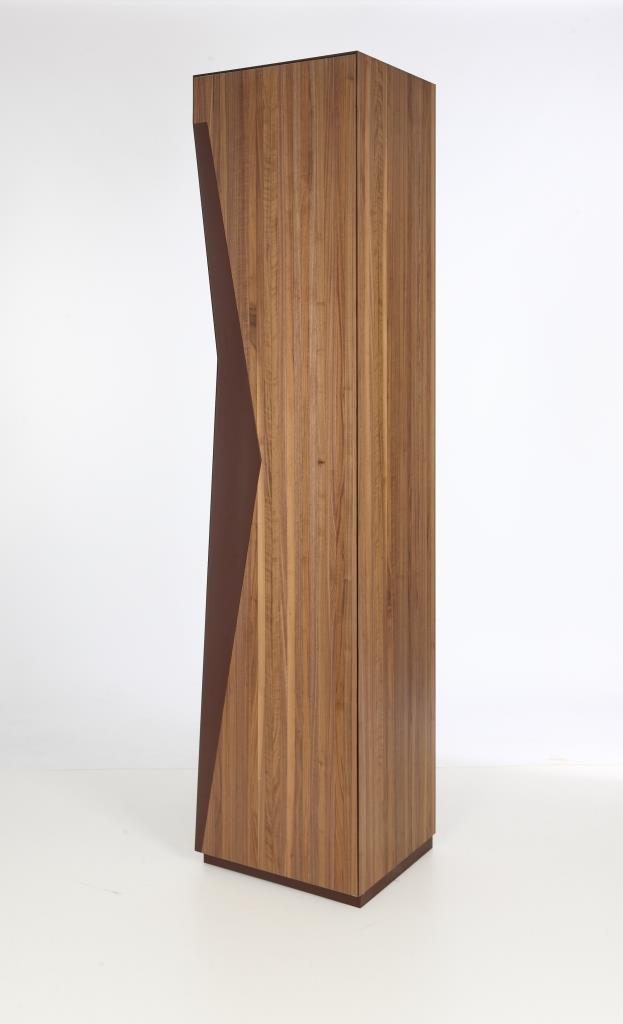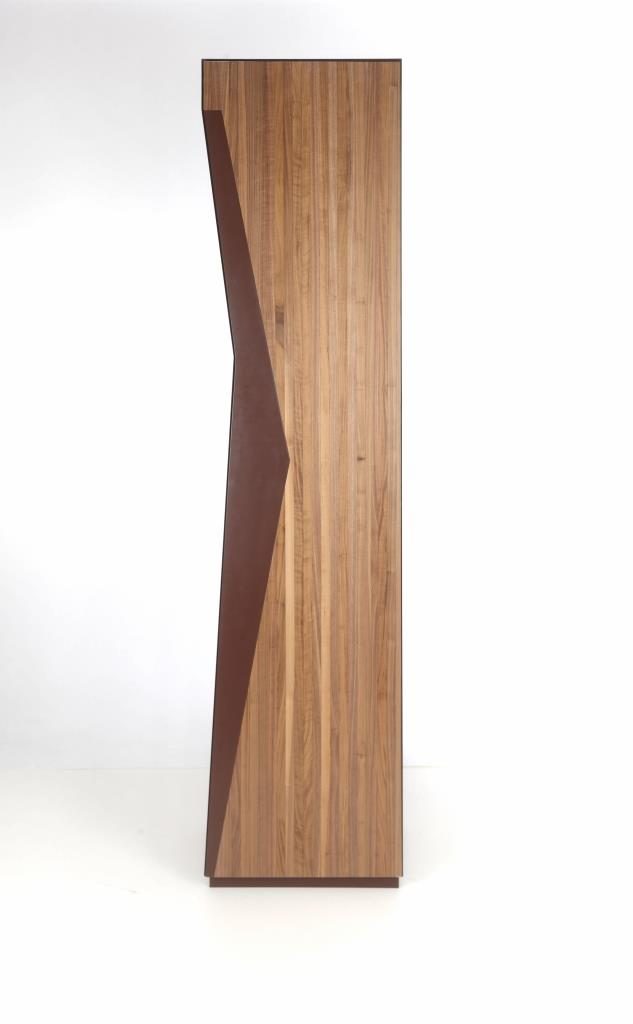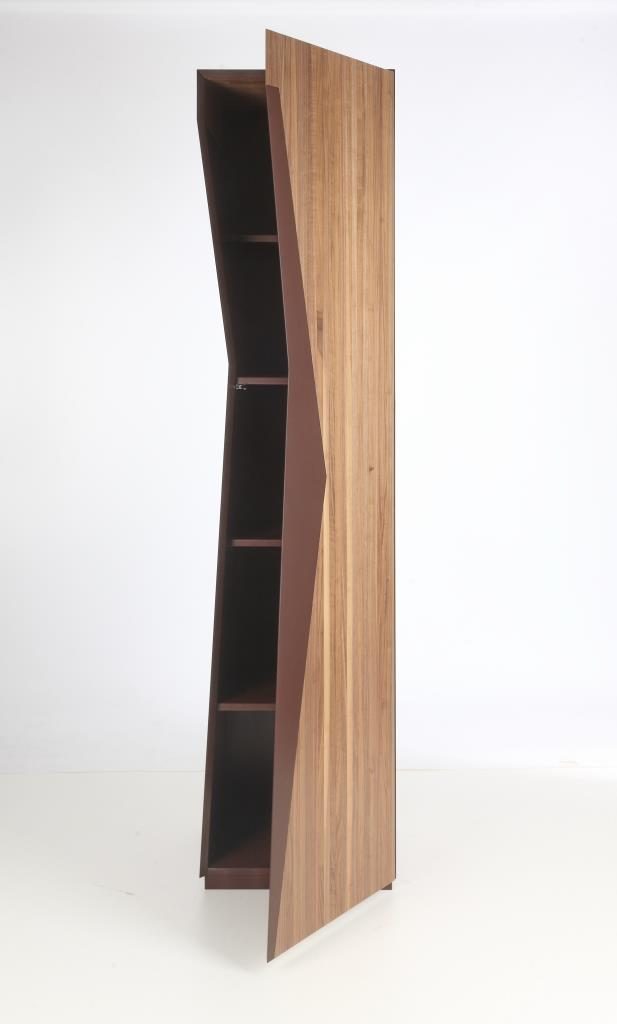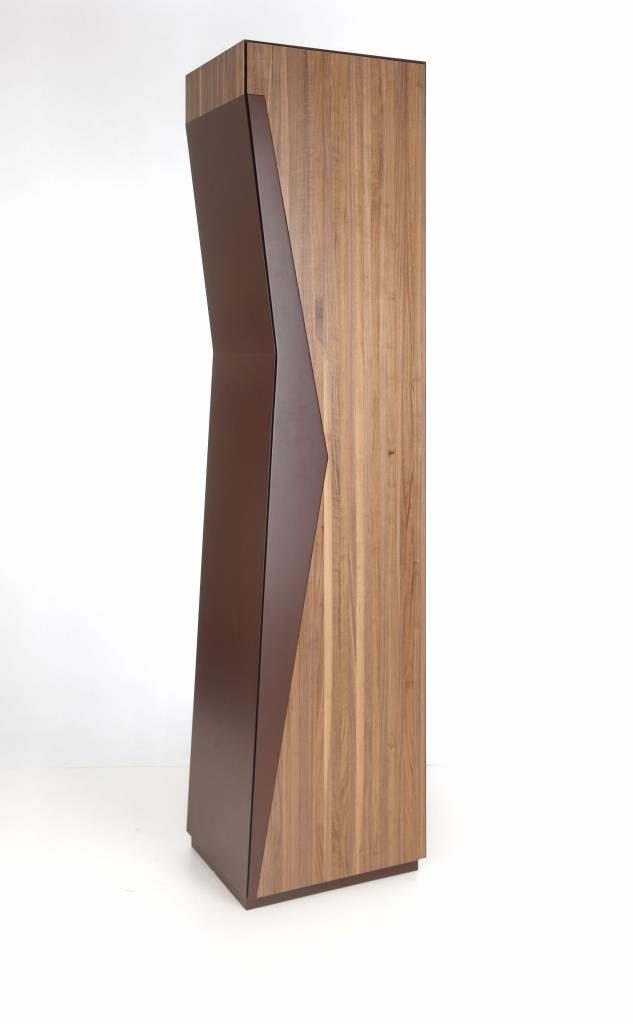Work By Jasmina




Design Copyright
It is widely acknowledged that it is becoming increasingly difficult to enforce the rights attached to copyrights and patents. So no matter how well intellectual property is protected in law, policing it is time consuming, costly and not very effective. Isn’t time to ask some uncomfortable questions about the rights of inventors, designers and musicians? What is truly original? And if it is so difficult to protect ideas, are there other more productive ways to engage with the world? Infringement is as old as invention itself. Rather than talking in terms of tightening up the rules of the game, perhaps we should ask if we are playing the right game?
Getting perspective
In the scale of things, do our inventions only split infinitesimal hairs? The wheel, now that was an invention! Or was it as original as we think? Perhaps the rolling boulder came first. Or was the clue our ancestors picked up a huge snowball rolling down a hillside? Perhaps the earth has all our inventions encrypted in nature; all we have to do is spot applications for them. As each design builds on and refers back to historic achievements.
Mass producers and distributors appear to suffer the greatest losses when copyrights are infringed. Perhaps the success of design in mass manufacturing is now its undoing.
Fake or Fiction
A greater question is perhaps not that about copies of items being fake, but that the originals might in fact be counterfeits themselves. Branding is fine when it tells the truth. Meet a designer and ask them why they make things and they will tell you why. If, when you encounter a brand, you ask the same question, be ready for a tale. The greatest inventions that brands create are their image and the story they tell. These are inventions in the purest sense and the products play a secondary role and serve only to support the fiction.
Design or Copy
An artisan can develop skills that few people can replicate and when these skills are incorporated in a design that is made by hand, it is difficult for anyone but an equally skilled artisan to copy this. Simply relying on brands in our world of counterfeiting is not going to protect anyone or anything. Downscaling luxury goods production through approaching individual designer makers and waiting patiently for your prize might well be the only way forward. Perhaps if you design right, you won’t need copy right.
